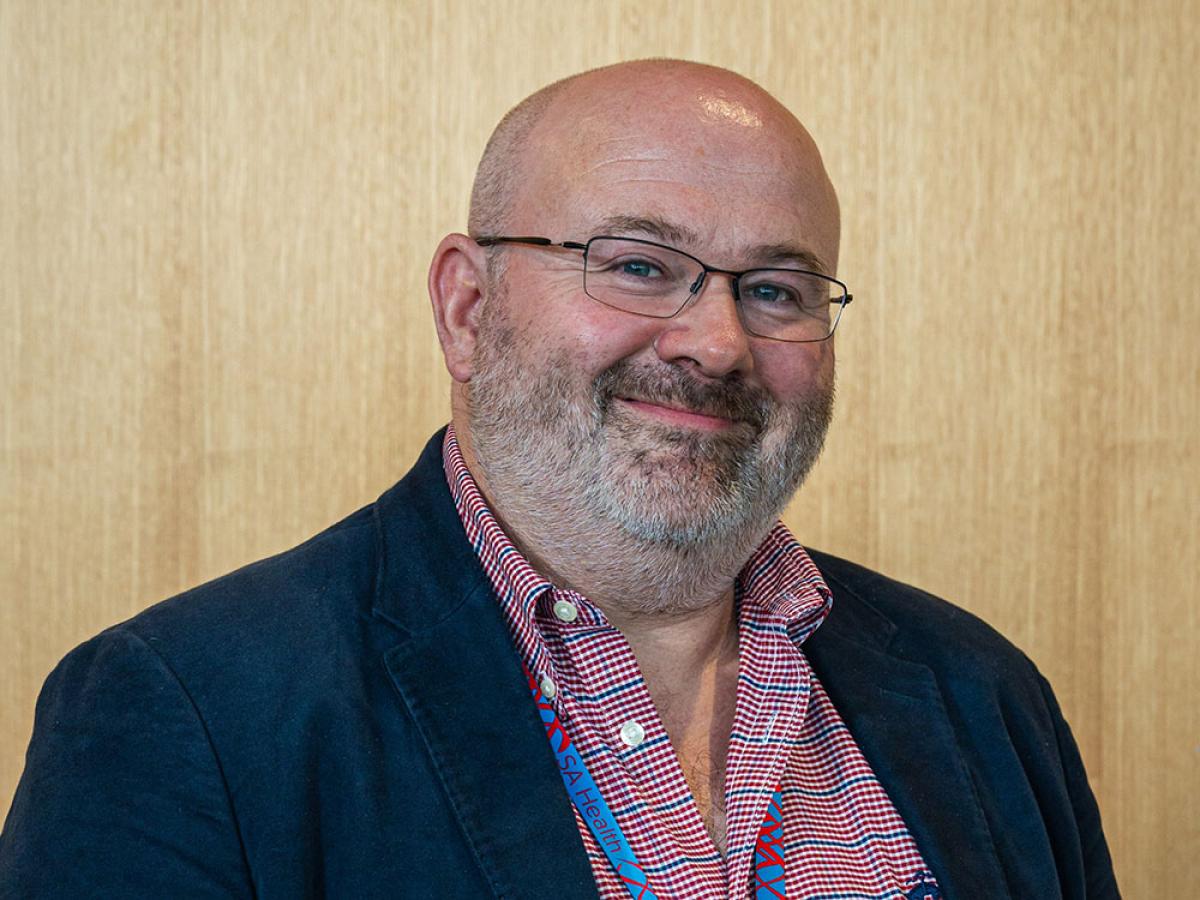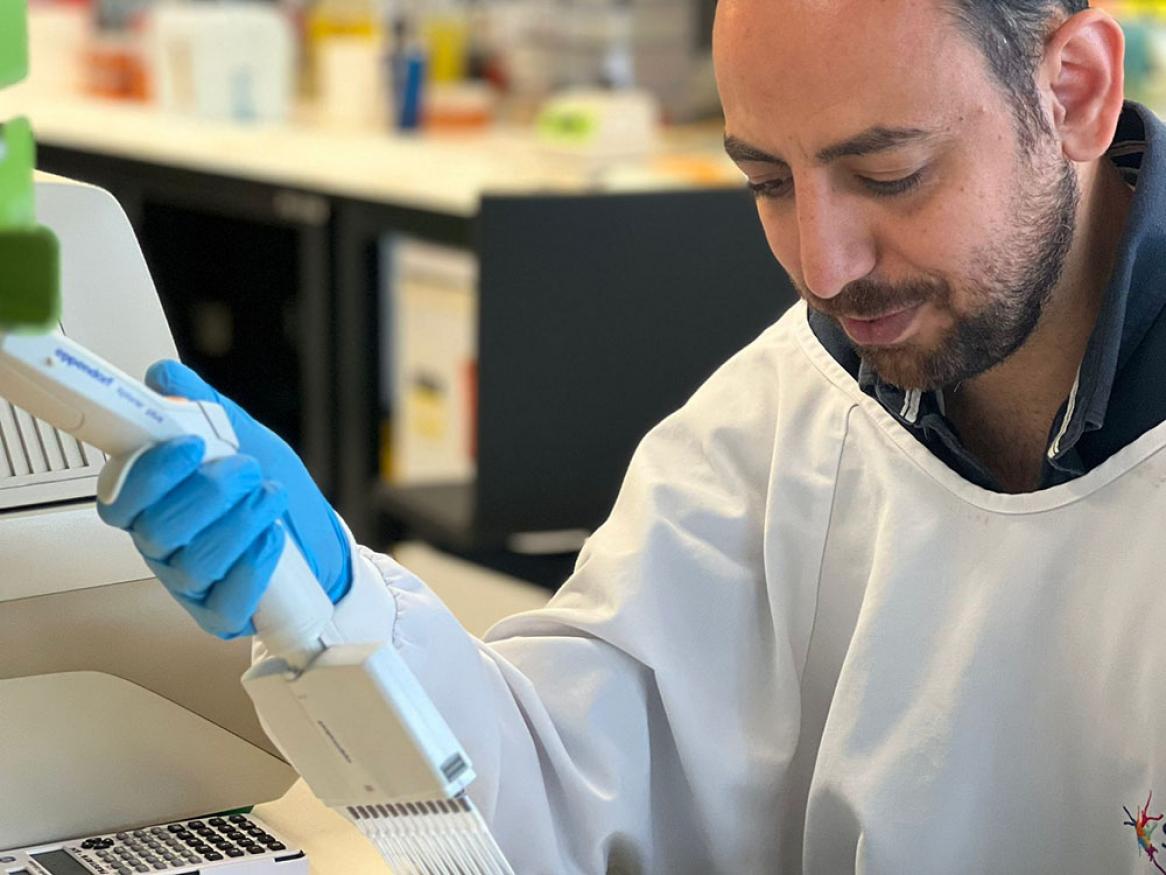Towards the future: improving survivorship for children with brain cancer
Brain cancer is the most common solid tumour of childhood and most lethal type of cancer in Australian children.

Professor Jordan Hansford
Fortunately, survival rates for children diagnosed with brain cancer are increasing due to advances in therapeutic care. However, survivors often experience debilitating longer-term effects, including a large percentage who are not able to achieve independence as adults.
Currently there are no strategies in place, or available to reduce these significant impacts of treatment without compromising the cure.
More work needs to be done to understand the molecular mechanisms and clinical factors underpinning these adverse outcomes in order to develop strategies for mitigating the long-term effects of current brain cancer treatment for children.
Professors Jordan Hansford and Melissa Davis and their teams are embarking on an exciting project linking molecular and clinical data with real-world data to generate a population-based reference library that will indicate the clinical and molecular factors associated with adverse outcomes and long-term effects on survivorship (for example hearing loss, response to therapy, neurocognition, secondary cancers and endocrine disturbance).
“This valuable resource will inform strategic and personalised approaches to therapeutic care to reduce the number of survivors experiencing negative long-term effects and improve quality of life”Professor Hansford
“It will provide a foundation for future research with potential expansion on this project taking the form of artificial intelligence analysis to improve diagnostics and imaging,” he added.
Help make cancer history
100% of your gift will support leading-edge cancer research, which will lead to better outcomes for patients with cancer, and their families.
With your support, we can save lives.

